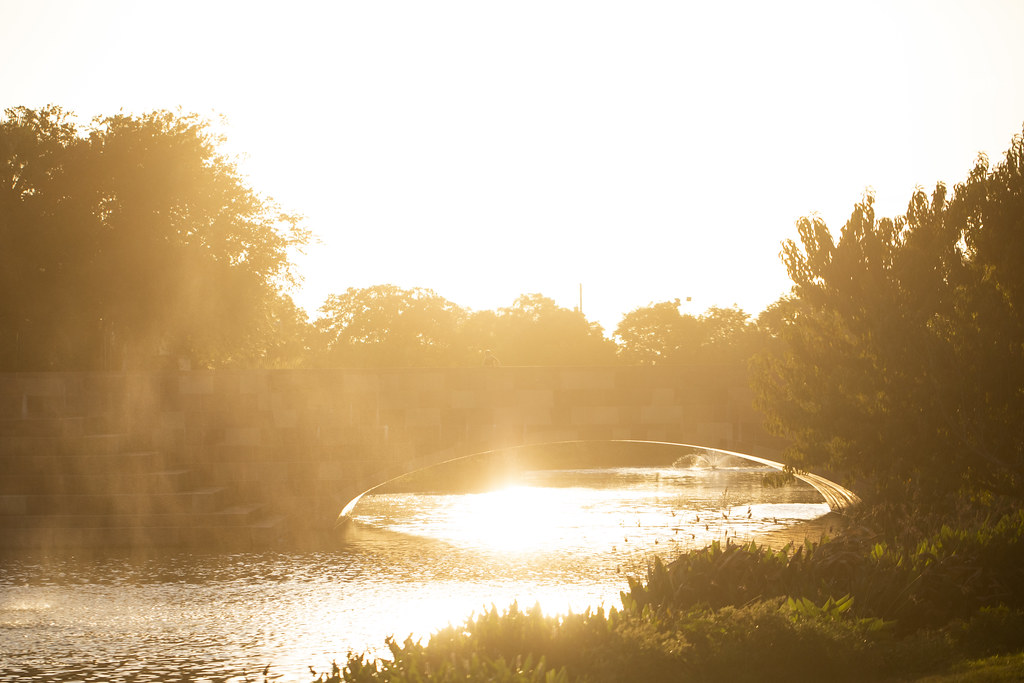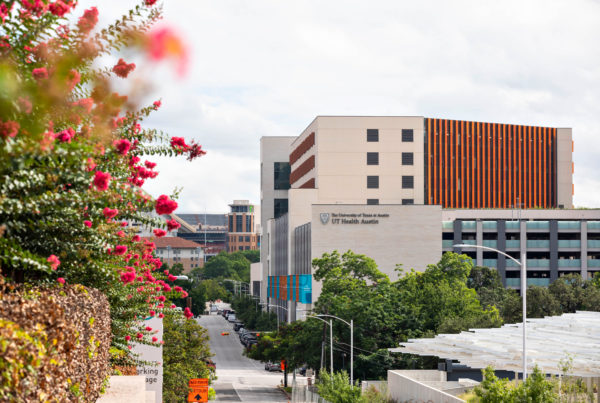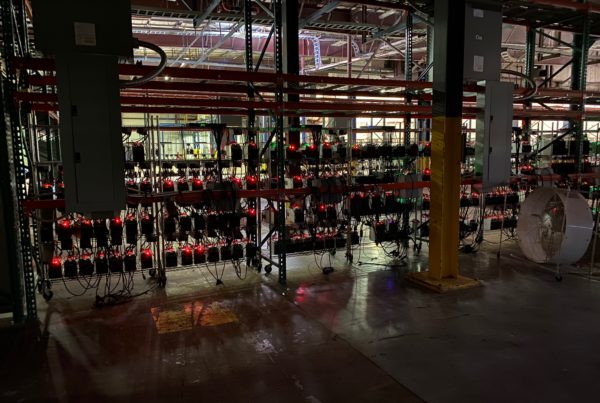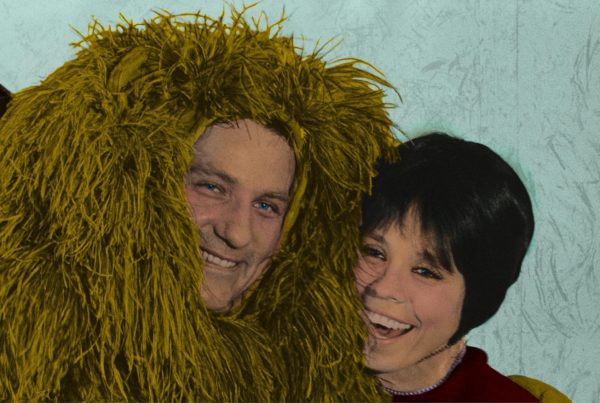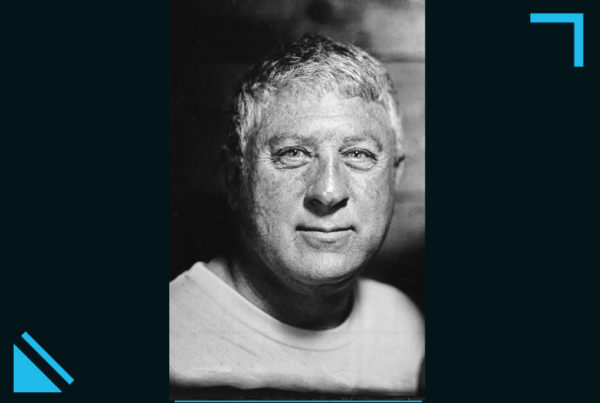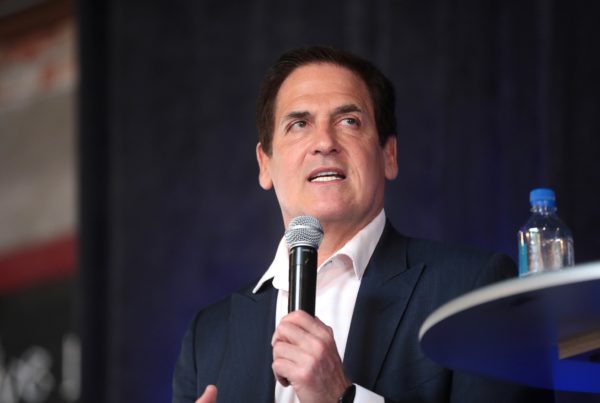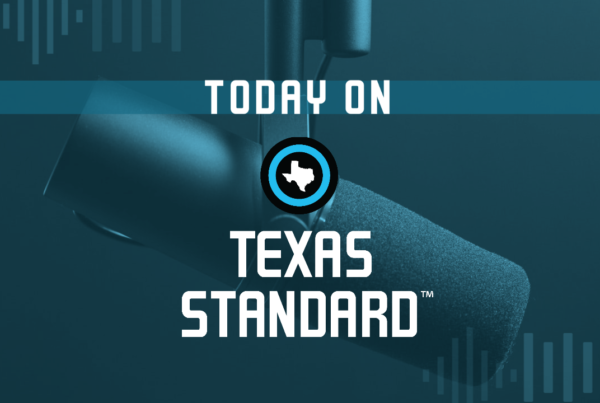The climate change forecast is for hotter days and more of them. So much so that extreme heat is now a public health issue. It now ranks as the leading weather-related cause of death in the country, according to the National Weather Service. In response President Joe Biden is launching a government-wide strategy to combat extreme heat. But heat waves don’t hit communities equally. These urban heat islands endanger low income communities.
At an Austin bus stop on North Lamar, it’s late in the afternoon and the temperature is in the upper 90s. There’s a man screaming obscenities, someone else is sleeping on the bench and others are just trying to get where they need to go.
In the middle of it, Kevin Lanza stands on a ladder, installing a heat and humidity monitor. He’s part of a UT School of Public Health team mapping heat islands.
“We want to see how that bus stop shelter is acting as a climate change adaptation strategy to these higher urban temperatures,” Kevin Lanza. “So we suspect there will be urban heat island intensity at both the parking lot, as well as the bus stop shelter where we think it may be cooler.”
This is an urban heat island where the lack of trees creates a micro-climate that’s extra hot.
According to a report from the EPA, the extreme heat is actually more deadly in neighborhoods where poverty rates are higher. This will lead to an increase in heat-related illnesses and deaths in low income areas.
The San Antonio public housing project The Alazan Apache Courts is another heat island. Housing first activist Kayla Miranda lives there.
“That’s the office and see this playground here,” Miranda said. “Like it’s all metal. The kids can’t go there and there’s no shade.”
She says here, air conditioning is a necessity that not everyone can afford.
“So you have a choice, you can leave it off and deal with the heat, or you can turn it on and try to find a way to pay the electrical bill,” Miranda said.
“The three things that we think about in terms of deadliness of heat is how much you’re exposed to heat, how sensitive your body might be and what level of coping capacity you have,” said Vivek Shandas.
Shandas is a professor of climate adaptation at Portland State University. He’s been studying the heat island effect on low income communities for more than 10 years.
“If you don’t have air conditioning or you can’t run it because you don’t have that kind of financial resources and that coping capacity, and let’s say you have a preexisting health condition, like you have asthma or something like that,” Shandas said. “And in you’re in a neighborhood that’s five or six degrees hotter than other neighborhoods around you. That could be a lethal difference in terms of temperatures.
Back in Austin Francis Acuna with the organization GAVA – Go Austin Vamos Austin – is doing community outreach about the health impacts of heat islands.
“We are working in this community to get the residents’ perspective. How does the heat affect their health, their community, their everyday life in their neighborhood,” said in Spanish.
Acuna is interviewing Marta Garcia about how her family is dealing with the extreme heat.
Garcia says the extra hot days are hard on her diabetes and her husband’s asthma – the children can’t play outside and last week the power in the neighborhood went out for a full day. She says living in an urban heat island is definitely making their lives harder.


